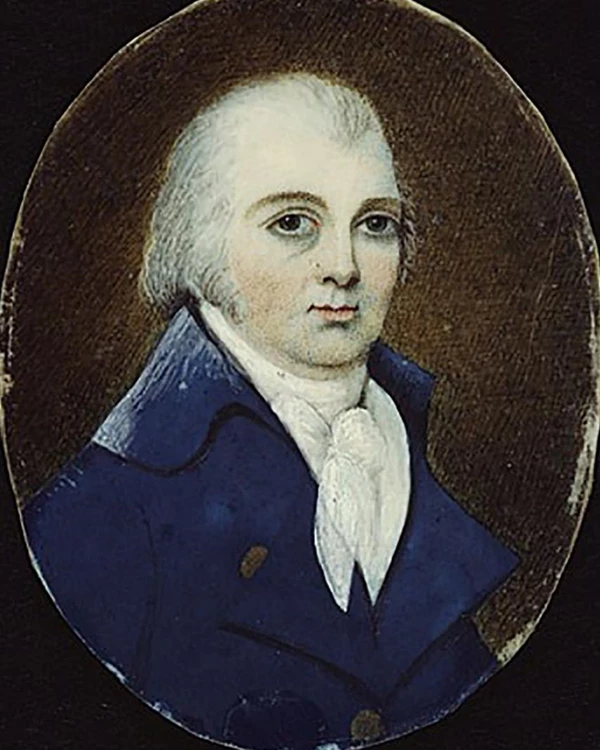Last updated: October 8, 2022
Person
Sir John Johnson

Library and Archives Canada, Acc. No. 1938-34-1
In 1760 at only eighteen years of age, John Johnson, son of Sir William Johnson, became Captain of a company of the Tryon County Militia.
While studying in England, Johnson had his father's hereditary title confirmed by King George III, and he was knighted Sir John Johnson in 1765. When his father died in 1774, Johnson also became Major General of the Tryon County Militia. With the coming of the American Revolution however, he was forced to flee to Canada in 1776 to avoid being arrested. His crime was being a loyalist in patriot territory. The patriots also feared Johnson would use his strong influence to rally both loyalists and members of the Six Nations Indian Confederacy to the British cause.
Once in Canada, Johnson raised the King's Royal Regiment of New York. Much of the regiment was composed of men from the Mohawk Valley who, like Johnson, had been forced to flee to Canada because of their loyalist sympathies.
Johnson and his regiment were with Barry St. Leger while they besieged Fort Stanwix in August of 1777. They also fought in the Battle of Oriskany against former friends, family, and neighbors. Johnson and his followers had planned on regaining their homes and lands once the British took Fort Stanwix. When the British were forced to retreat, this dream was destroyed. Later in the war, Johnson carried out raids throughout the Mohawk and Schoharie Valleys that destroyed crops and villages and spread terror throughout the patriot inhabitants of the valleys. Johnson had an intense hatred for these people who had driven him out of his home and his beloved Mohawk Valley.
Johnson never returned to New York after the war, and his home was sold by the Americans to help pay off their war debts. Johnson remained in Canada and eventually took over his father's role as superintendent of Indian affairs and during the War of 1812 he served as Brigadier General for a portion of the Canadian Militia.
The members of his regiment would help to found and settle the modern day Kingston, Canada area. Upon his death in 1830 people of all classes and sorts in Canada gathered at his new home in Kingston to mourn him as a man of the people.
